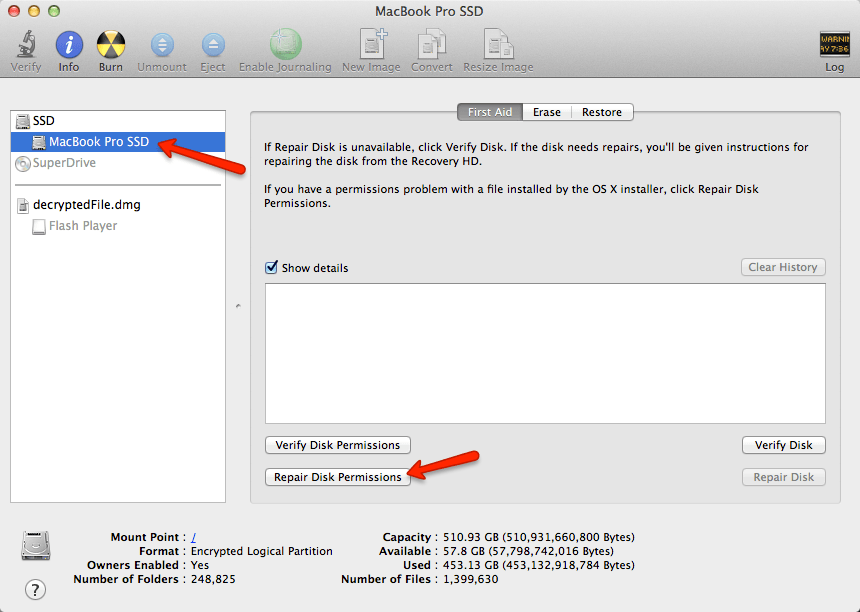

- #HOW TO RUN FIRST AID FROM RECOVERY MAC OS SIERRA INSTALL#
- #HOW TO RUN FIRST AID FROM RECOVERY MAC OS SIERRA SOFTWARE#
- #HOW TO RUN FIRST AID FROM RECOVERY MAC OS SIERRA CODE#
What If Your Older Macs Running macOS X Snow Leopard or Earlier.
#HOW TO RUN FIRST AID FROM RECOVERY MAC OS SIERRA CODE#
This could well be the reason behind the ill-functioning of the macOS recovery. If your drive runs out of the storage space or any malware strikes your hard drive you may encouter 'File System Check Exit code is 8' issue. Select the disk that pops up File system check exit code is 8 message. It’s worth keeping in mind that the Mac running older macOS version than macOS Sierra introduced in 2016 doesn’t have all the Recovery options.
#HOW TO RUN FIRST AID FROM RECOVERY MAC OS SIERRA INSTALL#
(macOS used to be called OS X.) If you have only the Mojave installer on your Mac, Install Disk Creator will automatically select it. Choose Disk Utility in the macOS Utilities menu. Under the pop-up menu, you’ll see Select the OS X installer. but I cannot click the Erase button in Disk Utility. Hold and press Command and R keys until the Apple logo appears. After completion of scanning, preview the files.
#HOW TO RUN FIRST AID FROM RECOVERY MAC OS SIERRA SOFTWARE#
Click Scan and the software begins scanning process. Select the hard drive from which you wish to recover the data.

Customize your scan and toggle the data type you want to recover. If you used Disk Utility from macOS Recovery, you can now restart your Mac: choose Apple menu > Restart. Then it will popup install mac os high sierra or Mojave welcome window. Download, install and run Stellar Mac Data Recovery. The order of repair in this example was Macintosh HD - Data, then Macintosh HD, then Container disk4, then APPLE SSD. Your Mac will search for problems and fix any that. To do this, go to Spotlight (magnifying glass in the toolbar), search for Disk Utility, and click on Disk Utility.app. Keep moving up the list, running First Aid for each volume on the disk, then each container on the disk, then finally the disk itself. Can I repair my Mac hard disks without using fsck Yes, you can also use Disk Utility to repair a hard drive on your Mac.

For each disk that you're repairing, start by selecting the last volume on that disk, then click the First Aid button or tab.


 0 kommentar(er)
0 kommentar(er)
